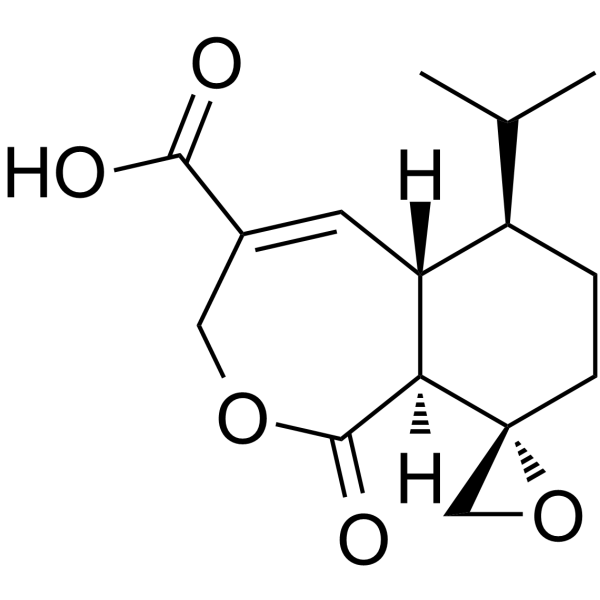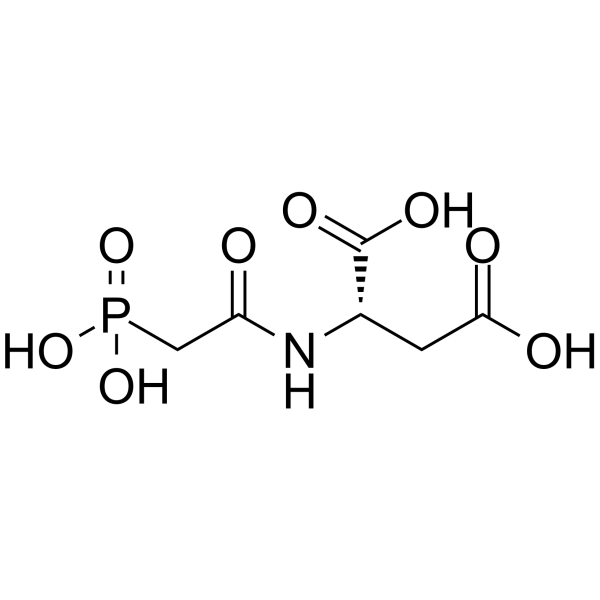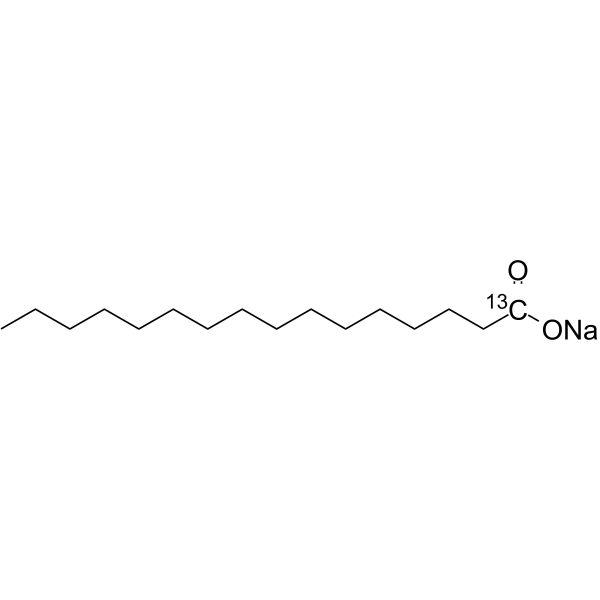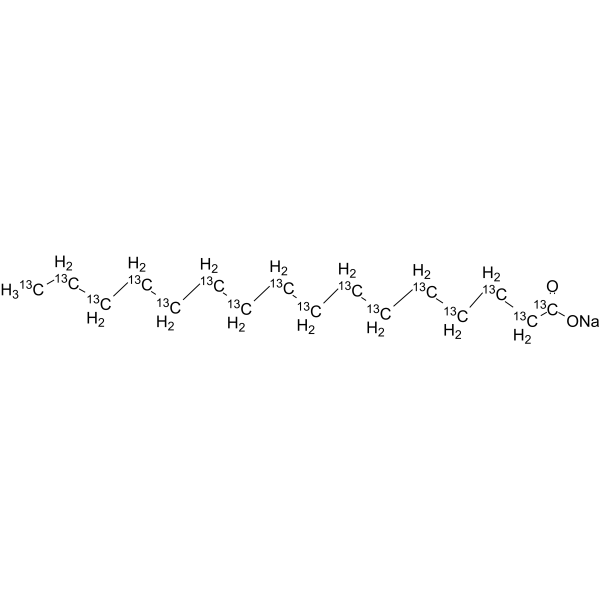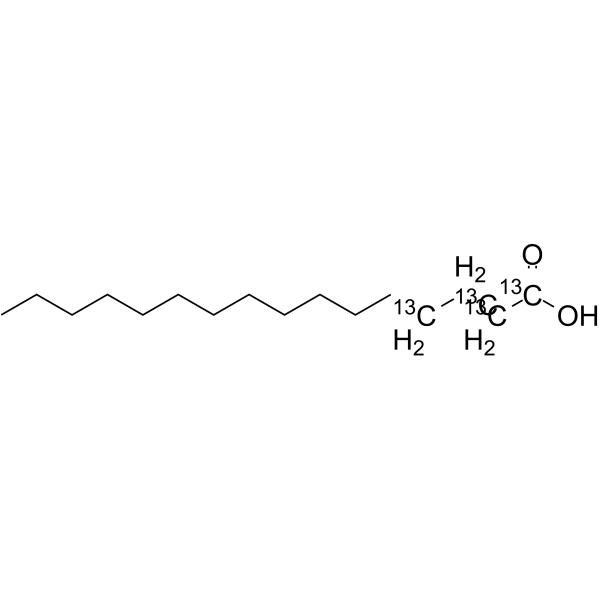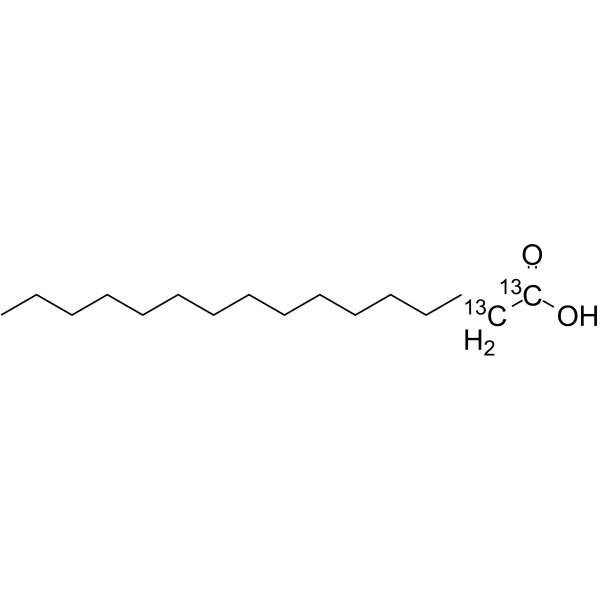上海金畔生物科技有限公司为生命科学和医药研发人员提供生物活性分子抑制剂、激动剂、特异性抑制剂、化合物库、重组蛋白,专注于信号通路和疾病研究领域。
cis-Vaccenic acid (Synonyms: 顺-十八碳烯酸) 纯度: ≥98.0%
cis-Vaccenic acid 是来自 Rhodopseudomonas capsulate 的抗病毒提取物,是 Rhodopseudomonas capsulate 的主要活性成分,cis-Vaccenic acid 可用作潜在的胎儿血红蛋白诱导剂。
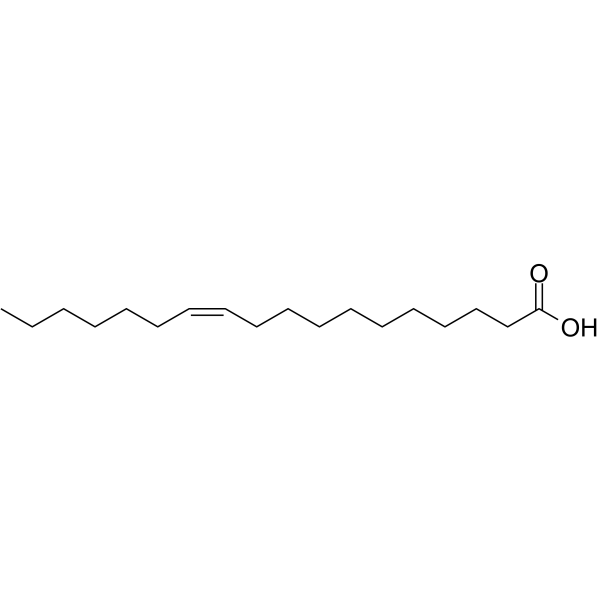
cis-Vaccenic acid Chemical Structure
CAS No. : 506-17-2
| 规格 | 价格 | 是否有货 | 数量 |
|---|---|---|---|
| 25mg(1.77 M * 0.05 mL in Ethanol) | ¥700 | In-stock | |
| 50mg(1.77 M * 0.1 mL in Ethanol) | ¥1100 | In-stock | |
| 100mg(1.77 M * 0.2 mL in Ethanol) | ¥1800 | In-stock |
* Please select Quantity before adding items.
| 生物活性 |
cis-Vaccenic acid, the antiviral extract from Rhodopseudomonas capsulate and the predominant active component of Rhodopseudomonas capsulate[1], acts a potential fetal hemoglobin inducer[2]. |
||||||||
|---|---|---|---|---|---|---|---|---|---|
| 体外研究 (In Vitro) |
cis-Vaccenic acid (CVA) (50 μM, 70 μM and 100 μM) induces differentiation and up-regulates gamma globin synthesis in K562, JK1 and transgenic mice erythroid progenitor stem cells[2]. cis-Vaccenic acid (50 μM) also increased the percentage of benzidine positive JK-1 cell[2]. Shanghai Jinpan Biotech Co Ltd has not independently confirmed the accuracy of these methods. They are for reference only. Cell Differentiation Assay[2]
|
||||||||
| 分子量 |
282.46 |
||||||||
| Formula |
C18H34O2 |
||||||||
| CAS 号 |
506-17-2 |
||||||||
| 中文名称 |
顺-十八碳烯酸 |
||||||||
| 运输条件 |
Room temperature in continental US; may vary elsewhere. |
||||||||
| 储存方式 |
Solution, -20°C, 2 years |
||||||||
| 参考文献 |
|
所有产品仅用作科学研究或药证申报,我们不为任何个人用途提供产品和服务

